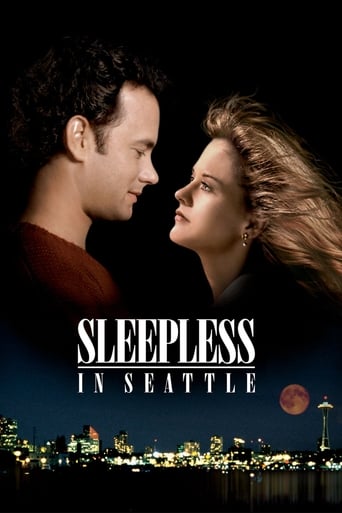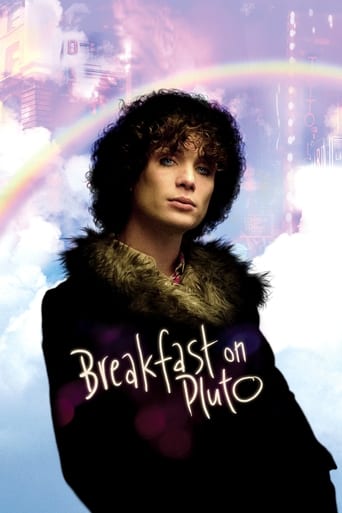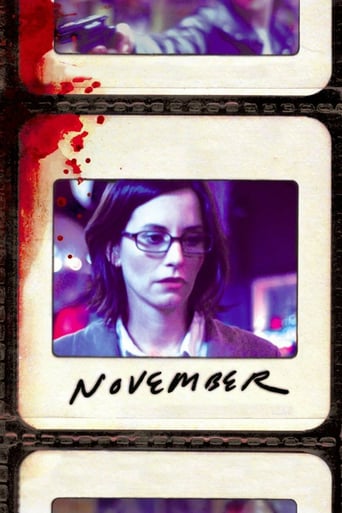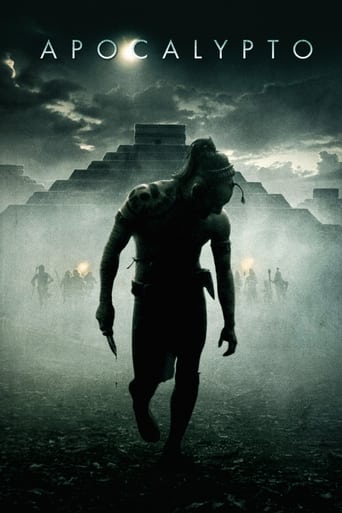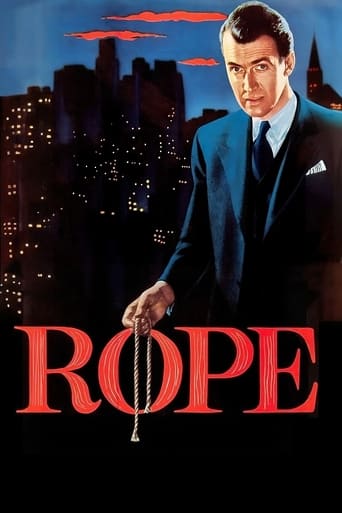
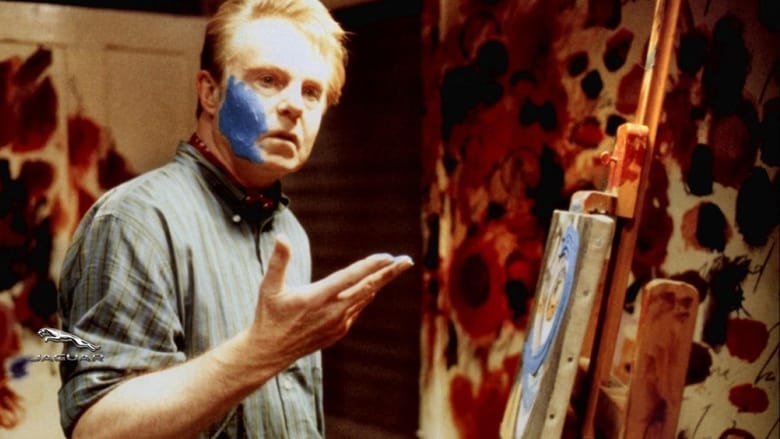
Love Is the Devil: Study for a Portrait of Francis Bacon (1998)
In the 1960s, British painter Francis Bacon surprises a burglar and invites him to share his bed. The burglar, a working class man named George Dyer, accepts. After the unique beginning to their love affair, the well-connected and volatile artist assimilates Dyer into his circle of eccentric friends, as Dyer's struggle with addiction strains their bond.
Watch Trailer
Cast


Similar titles
Reviews
As the title says the film is on the painter Bacon, I'm not really familiar, but those who are will likely find it tantalizing. The work itself is omitted, the attempt instead is to paint the artist's struggle using the same welts and fractures as his own work. All told, I'll take a project like this that paints from the inside and spills color on this side of the eye, over an art gallery appreciation from afar. It grabs on the famous story of his George affair, a pub grunt Bacon took in as a lover, as a canvas for a series of studies on dislocation; the camera blurs, hallucinates, confronts space in the accident of rearrange. Oh the paintings may be powerful and their absence from the film may disappoint some viewers, but the focus here is on the person for whom (both Bacon and George, their difference is that the first has the tools to articulate) the pain is still an upheaval of mind and not yet something to hang on a gallery. This is the real study here, in place of the paintings, the mind that gives rise to them.So the overarching question is what kind of self lurks behind these maddening appearances that propel the eye, some fleeting substance perhaps as Bacon muses at one point. More interesting this and as relevant for Bacon as for all of us, after all every life has to struggle with the confusing way things appear to us.The man is portrayed as tormented hedonist, capricious, scoffing at the mediocre and everyday. He was apparently like this. But if you rest there and like some gallery brochure take it that eccentricity explains genius, you miss what is enlightening about it.Something nests in our perceptions of things, something that contorts and weaves its fog, a perennial dissatisfaction that is true for all of us and not just Bacon, this would be the fleeting substance, self- consciousness, or consciousness of the self. What others down at the pub drown and numb in conventional routine and pastime, Bacon stares at and this is his basis to make his art, it's this mute horror that he drags screaming from the edges of vision and hurls it with his brush, exorcizing.The idea is sublimation, which someone told me a while back that I may be missing. Not quite. I get the notion of throwing something out there hoping to carry a bit less of it inside, casting out the demons, but it doesn't cut it, we see it here, Bacon remains selfish and indifferent to another human being in pain, indifferent to more than what pleases a whim now.It should liberate, because it creates context, puts things in perspective. The process of giving form to feeling makes it an object of consciousness, this is the casting out, it's plucked from the walls of consciousness where it hides and forced to appear before it as its own appearance.But it makes no difference, so long as this inner pain is still considered 'mine' and 'the truth', instead of merely another fleeting appearance among many. Now this would be context: seeing that this is not 'me' but something that arises in me and subsides, it has no substance beneath it, it's empty, no more mine than my reflection on water belongs to the lake - that's just where it appears.No, I see here a film about suffering and self, the self that is attached to the pain, Bacon's as well as that of his protégé, the only difference is that Bacon has tools to express himself, his self-absorption acquires form out there, whereas it just drives George to madness. One we celebrate because the work tells us it's shrapnels like these he has plucked from his body, the other is a waste, both suffer.So watch this, but don't settle for the swirl of confusion. Watch two men, one celebrated as a genius, struggle and suffer in the same way to ground themselves in the fabric of appearances. See how the fractures, blurs, dislocations are empty - they have no profundity behind them, outside what they are. The film ends with Bacon in his study unsure if he has dreamed up some part of this or at which point he wakes.
Rarely seen English film from 1998 about which I can can only say I don't know much about art films, but I know what I like. This one is is set in a drab and austere not very swinging 1960s London where crook George Dyer (Daniel Craig) goes from burglary to buggery with artist Francis Bacon (a wonderful Derek Jacobi). No real drama here, just consistently imaginative camera-work (blurred around the edges when the characters are getting drunk at the colony club), or the odd standout moment such as Bacon brushing his teeth with Vim (a white powdery bath cleaner). I like his line: "We all have nightmares, but they can't be as horrific as life". It's the sort of drama the late Derek Jarman used to make - only more watchable.
The film looks like it was intended as a stage play. It portrays Bacon's life in an unremitting darkness and ignores the past which is very important to understanding Bacon as a person as shown in documentaries about him. The Francis Bacon Estate refused permission to show Bacon's paintings on film. A Radio 4 documentary described the aggression of Dyer to Bacon towards the end of the relationship and that Bacon had to stay with friends away from his home where Dyer was. None of that is explored in the film instead its presented as all Bacon's fault as a cold, callous towards George Dyer. Biographies including Tom Baker's who drank with Bacon show's that he had a sense of humour and warmth that the film doesn't present. The director prefers Bacon as the remorseless dark figure which is suited better to a theatre. Film's ability is the presentation of a grimy, depressing London of the 60's.
Biographies need a hook. There's no drama in simply pasting up a medley of scenes form a life so a director needs to find some narrative cause and effect. Anand Tucker used Jacqueline du Pre's sister's ambivalent memoir for Hilary and Kacie and Milos Forman put Salieri at the centre of his famous biopic of Mozart.John Maybury has used Francis Bacon's self-abusive sexual relationship with an East End thief as an armature for this low key but sensationally filmed chronicle of Bacon's life. Bacon's art is pungently unique and Maybury has made no attempt to incorporate it into the look of his film. Instead he relies on carefully composed shots that focus on Bacon's working and living attitudes - for example, an iconic composition in which Jacobi (brilliant as a nervous, embattled Bacon) approaches a canvas with brush and palette as if he were an armed Gladiator. The struggle - and pain - are never far off. Whilst the supporting cast are largely anonymous, Daniel Craig necessarily stands out as a thuggish (was he that terse?) Dyer. 6/10






